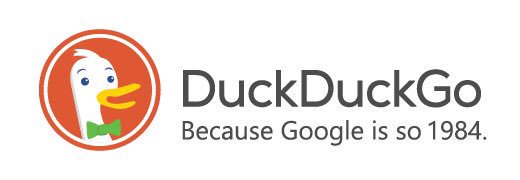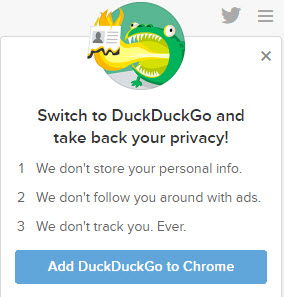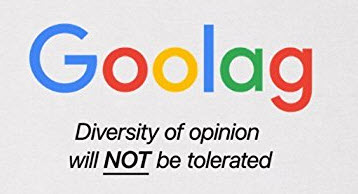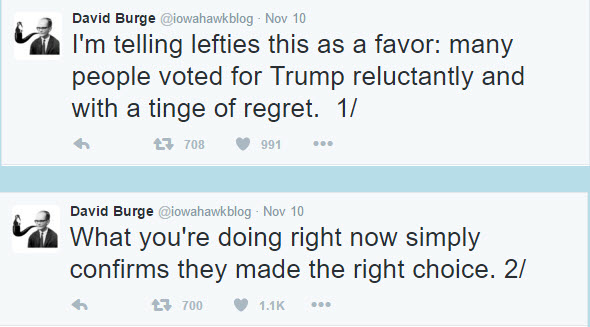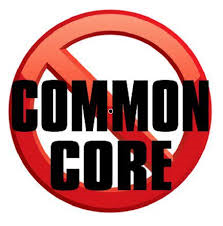Solar Pushback: Cutbacks in subsidies indicate future of solar may be dimming
Nuggets include:
- “The fundamental problem is it’s not economically sustainable,” said Todd Myers of the Washington Policy Center, a think tank in Washington state.
- One major issue is that homeowners have been taking advantage of subsidies and the dropping price of solar panels thanks to cheap imports from China. But as those customers buy less electricity, utilities are being forced to raise rates on non-solar customers to pay for infrastructure. Southern California Edison will reportedly transfer $400 million in annual costs to people without solar systems.
- Idaho Power argues that being forced to buy solar power at the more expensive retail rate amounts to a subsidy which is paid by all other ratepayers. The utility has plenty of support in the state legislature.
- Critics point out even with the growth in recent years, solar power is still by far the smallest contributor to the grid supplying just one-tenth of one percent of the country’s electricity. Coal remains the biggest chunk at 36 percent, followed closely by natural gas. As for renewable sources, wind is at the top at 3.2 percent.
- “Everywhere you go, solar energy requires massive subsidies, which eventually blow a hole in the federal or state budget, and then are dropped,” said Myers. “Solar is a bad way to go.”
Oh well, of one thing I’m confident. No cost is too high for the People’s Republic of Boulder. One of these days the guilt ridden SUV drivers will wake up to common sense but not anytime soon.


